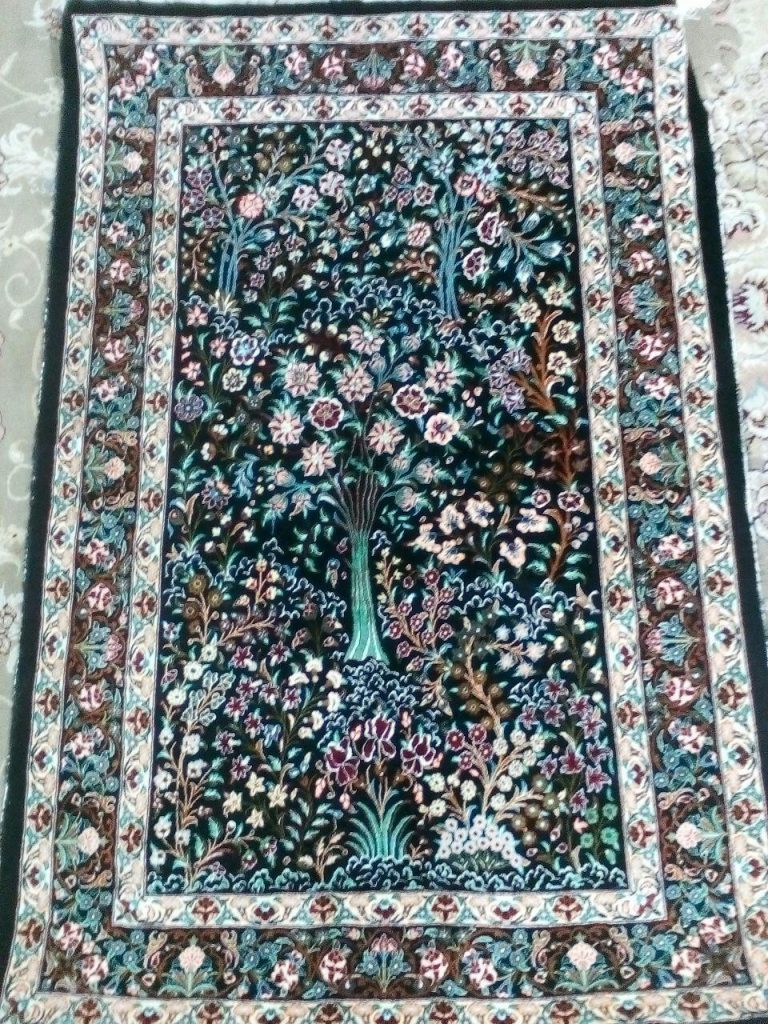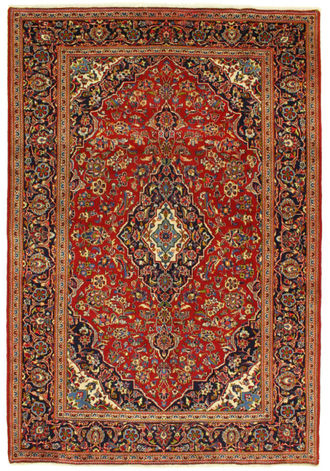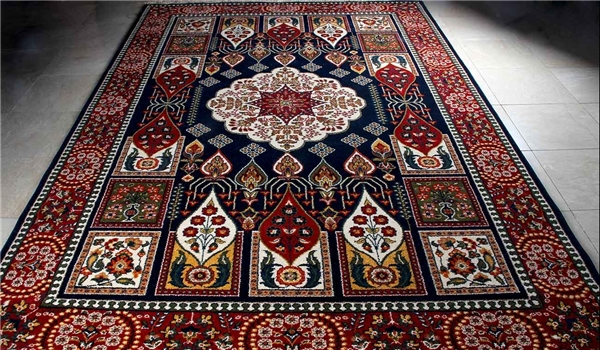
Why is Master Farshchian’s
work used in miniature paintings?
Master Farshchian has achieved a distinctive and unique style and has created a
school of his own in painting. Some of his distinctive style features are his
extraordinary sense of creativity, his rounded spaces, his powerful and smooth
lines, and his pleasant colors.
The miniature works of Farshchian are a beautiful combination of decency and
innovation. His themes come from classical poetry, literature, the Koran, the
Christian and Jewish Bible, as well as his own deep imagination.
His most notable work is based on the emotions and mood of the human being,
which appears very effective and graceful in his works.
Master Farshchian’s style features in miniature paintings
Farshchian often listens to music while painting, and these beautiful rhythms
refresh the mood of his brush in his works. His paintings invite viewers to
listen to "sounds" as much as lines and shapes. In his unique expression of
naturalism, Parshian has told many stories about it in his works.
Farshchian’s works connect the modern world with a timeless world and address
the fundamental questions of life, the paradoxical elements of existence,
spirituality, peace, love, sadness and death.
He said in an interview: "Whenever I decide to start a new business, I try to
put myself in the perfect mood, excitement and ideal state. This is a deeper
bond between myself and the work. He creates art and a viewer, and he says that
the infinite curves depicted throughout his paintings create a vibrant dynamic
that is reminiscent of the world in which each particle is danced.
Mahmoud Farshchian is undoubtedly the most prominent Iranian painter. His work
has been praised by critics and the general public. You can find an image of
Farshchian’s book entitled Ashura in the house of every Iranian who is assigned
to the third Shia Imam. The Farshchian Museum at the Saadabad Cultural and
Historical Complex is home to the artist’s highlights.
His colorful paintings are quite different from the centuries-old Persian
painting tradition. However, a closer inspection of communications with Iranian
art, especially Isfahan’s traditional art, reveals the settlement of Farshchian.
Robert Mahlenbrand, a prominent professor of Islamic art at the University of
Edinburgh, writes: "Mahmoud Farshchian is certainly familiar with Iranian early
art, but he paints in an indescribable manner that can never be compared to any
of the early Iranian art styles. He has his own unique message of conveyance:
his paintings reflect, first and foremost, his very personal view of the world
and, secondly, the immortal elegance of Iranian art in the re-creation of his
style, the use of phenomenal methods. To return to the early forms of art, focus
on subtle details and a combination of world and Iranian concepts. It.


